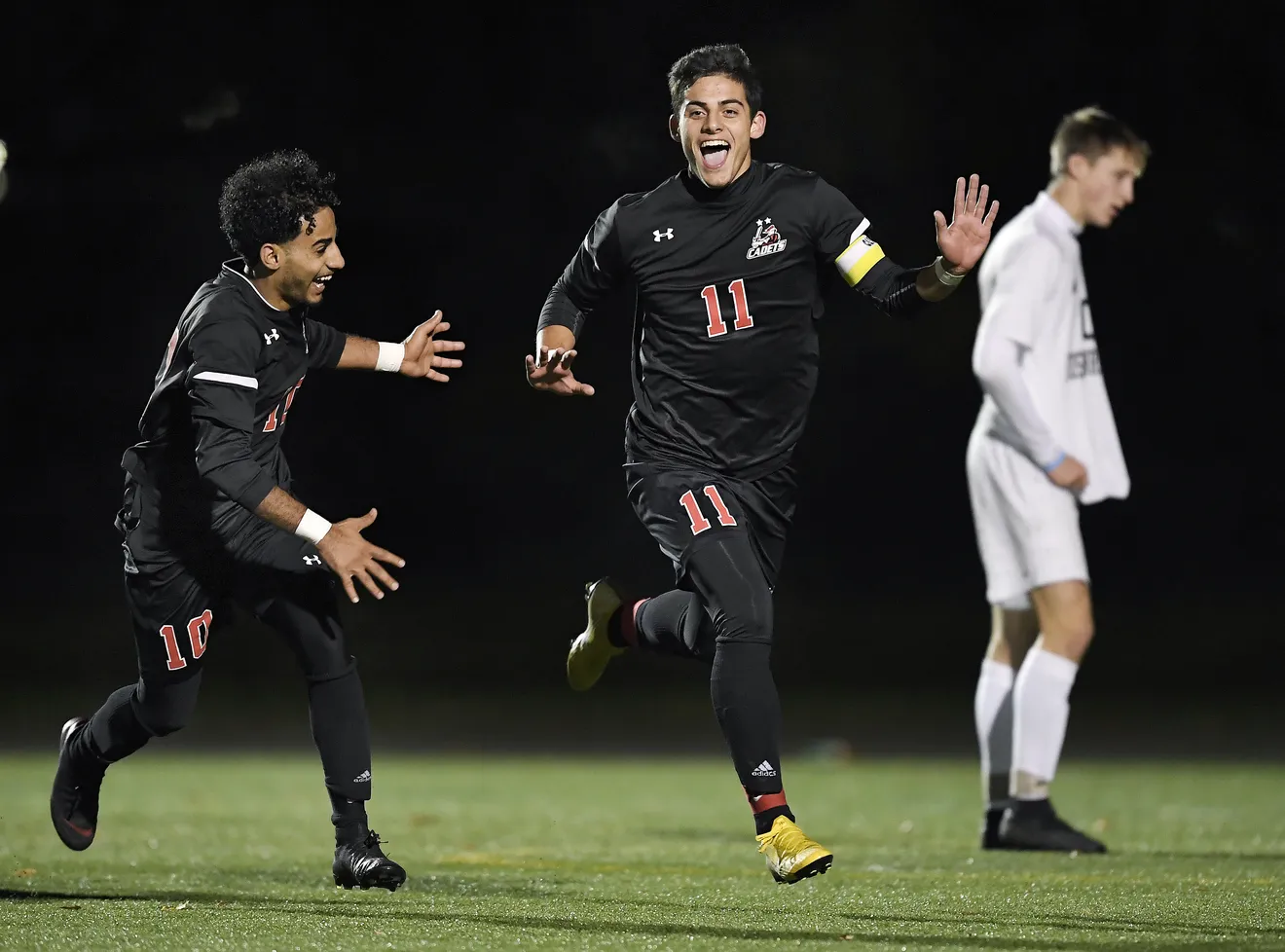The Fall Season – College Soccer
Student athletes engage in the rigorous College Soccer athletic competitions during the Fall season. Is Soccer a fall sport? Read and understand about all Soccer seasons here. The most crucial matches take place during this time, in the months of August to November. Breaking this season down helps with understanding the importance and specifics of this season.

When the Soccer Fall Season starts?
Prior to the commencement of official games, the fall soccer season kicks off (late August to November). Ten days of preseason training takes place before the onset of the season. The team is nurtured during this phase and a sense of cohesion develops among the players. Daily practice sessions take place between the teams as the academic term initiates at the end of august. Official matches start by the start of September. Success during soccer in the fall season allows students to gain acceptance in the postseason tournaments.
Structure of the Fall Season for College Soccer
There are two primary categories of matches in the soccer fall season. These games help in the rigorous development of sportsman spirit and induce cohesion in teams.
- Non-Conference Games: -
Different regions of conferences involved in these games. Held in September, these games provide platforms to gauge the strengths and weaknesses of the players. Players build on these insights and perform better by implementing the valuable insights and feedback.
- Conference Games: -
These games start in October. The schools within the designated conferences or regions compete in these matches. The outcomes of these matches hold significance. The players garner standing by the output of these matches holds reliance of qualification for postseason tournament.

Significance of the fall season
The fall soccer season is extremely significant. Owing to the seeding in prominent tournaments and overall team eligibility, the performance in this phase is crucial. Most NCAA Championship, and many other such tournaments make selections based on the Fall Season performance. Players have to travel extensively sometimes. This makes time management a crucial factor in directly impacting the academic responsibilities alongside athletic commitments. Hence, Fall Season is an extremely enriching and significant experience for College Soccer.
Preparation and Success strategies
Implications of certain key areas to focus and prepare, ensures to make the best of Fall Season. These include Time management, Physical conditioning, Mental resilience, and Team Cohesion. Focus on stress elevation techniques, such as enrolling in light courses, set clear priorities, invest time in building and following planners. You can easily manage the demands of athletics and academics in this manner. Consult with academic advisors when needed. This way you can get a chance to have less demanding classes. [Also read about importance of communication skills in soccer here.]
Make sure you maintain an appropriate level of physical fitness. Engaging in proper cardiovascular exercises, drills focused on agility, and strength training is crucial. This not only enhances performance on the field, but also strikes a balance between a sharp mind with a fit body. Focus on nutritional intake. Stay hydrated with electrolytes, smoothies and water. This helps with sustaining of energy levels and optimizes performance.
Learn the art of pressure handling. High-stake games tend to weigh heavy on the brain. Invest in mindful visualization, mindful techniques, and build positive self-talk. This will keep you focused and light during the entire practice and tournaments. Pressure handling is integral for national standing and playoff qualification assessments.

Teamwork is heavily relied on stance in soccer. If you build strong relations within the team at professional level, you will be able to learn each-other’s playing style. Open communication tends to go a long way in soccer. You will develop an unbeatable dynamic among your team. Playing in harmony is a bliss, which is only possible by curbing any kind of possible hindrance as early on as possible.
Challenges Faced during the Season
The Emotional fatigue, Physical strain, and daunting academic pressure are some of the challenges faced during the season. They can be curbed by proper planning and rest. It is natural to feel under the heat, especially for seniors because many professional soccer scouts make selections assessing their showcased skill sets. Frequent games and matches put pressure on the athletes.
1-2 games per week and midweek games at shortened schedule entails that every match is integral. Set strict recovery protocols and prioritize rest for unmatched performance levels. Establish support systems and communicate with coaches and counselors to ensure well-being.
For more insights into the college soccer experience and strategies for success, explore our Path to College Soccer resources, or Apply to become a Select Generation Athlete and start your journey to college recruitment and scholarship opportunities.
.svg)









